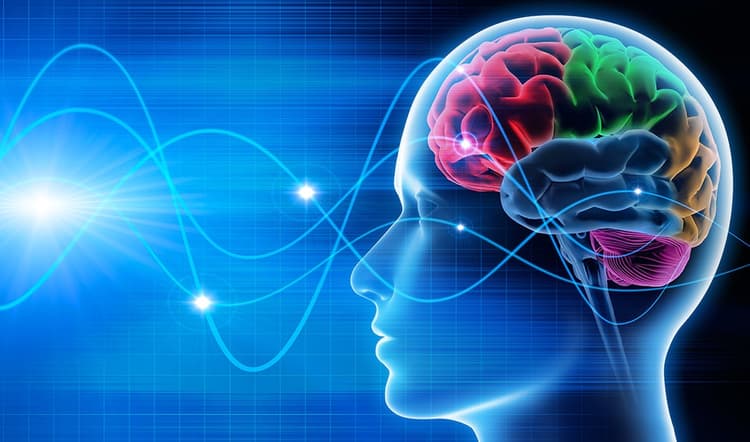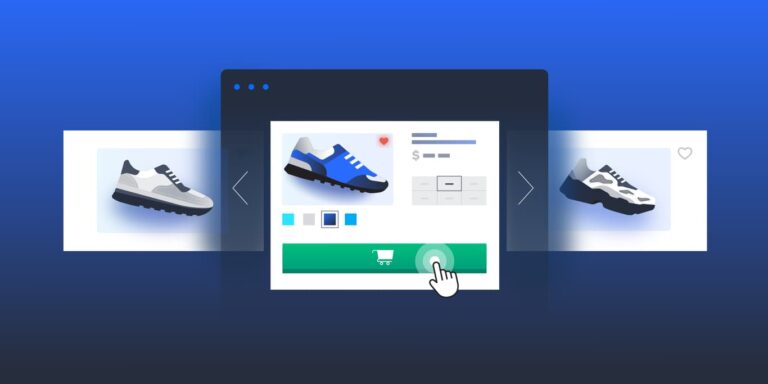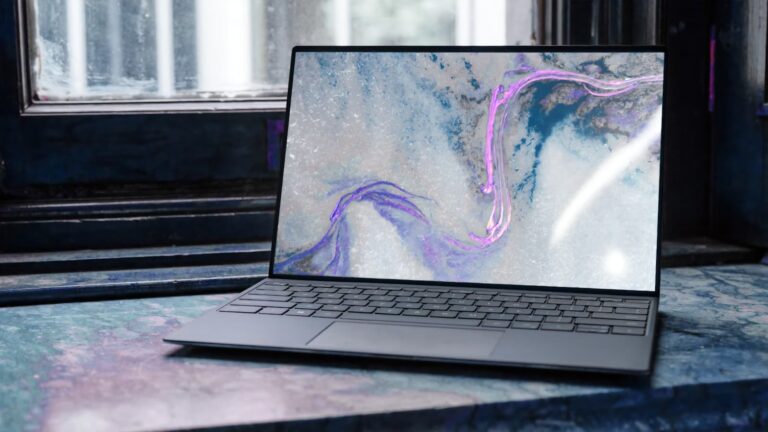Graphics are widely used on the Web. It is known that one small picture can replace an entire page of text. Web-designers tirelessly improve and even compete in the design of sites, and in the information content of Web-pages graphic information is taking more and more significant place.
The main feature of graphics in the Web-design is that it usually coexists with text information and interface elements (buttons, switches, etc.), and this neighborhood have to consider when creating images. The main purpose of graphics in order to draw attention to the Web-page as a whole, or its individual fragments, as well as to provide information that words can not describe. In other words, graphics are used for page design and for presenting information (illustrations). It can both significantly help the visitor to understand the information, and vice versa, to throw him off, to make texts hard to read. Graphic design Web-site – a delicate matter, requiring taste and a sense of proportion. Poor graphic design can simply scare away visitors. At the same time, we must remember that visitors return to the site again and again thanks, above all, his informative, but not beauty. Thus, the developer of graphic design site is not just a free artist. The closest thing he is to an architect.
Another important feature of graphics for the Web is in a fairly strict limits imposed on the volume of files. And this is not so much to do with saving disk space on the computer, but with the bandwidth of communication channels. Currently, the vast majority of visitors to the Internet use a connection to the server via modem. Today’s top-performing modems provide a data transfer rate of 57,600 bps (about 6 Kbytes/s). Many people use modems with speeds of 33,600 bps or lower. If the Web-page is loaded in the browser longer than 10 sec. it annoys visitors, who can go to another address, and not wait until the end of the download. It follows that we should strive to ensure that the Web-page does not exceed a volume of 50-60 Kbytes. For graphics it is quite a serious limitation, requiring from the designers of special knowledge and skills. In particular, you need to have a good understanding of file formats and methods of installation of images in a Web-page.
The third feature of graphics is that in the world there are computers, built, as they say, on different platforms. So, there are computers on the PC platform and the Macintosh platform. The monitors on these computers have different brightness. If this is not taken into account, then the same picture, looking great on one monitor, may lose its expressiveness to another. Therefore, the artist, engaged in Web-design, or simply publishing their work on the Internet, should take this into account and know how to adjust your monitor.
Since we are talking about sites on the Internet, we are primarily dealing with documents that are transmitted from the web server to the user’s local computer and viewed using a browser. This affects the volume of graphic files, their formats, as well as their quality. So let’s look at some of the features that everyone who creates web pages and embeds pictures into them has to deal with. However, sites without pictures are almost impossible to find, so we can say that if a site is made, the images will be there. And if so, it is necessary to know what properties are inherent in such images.










